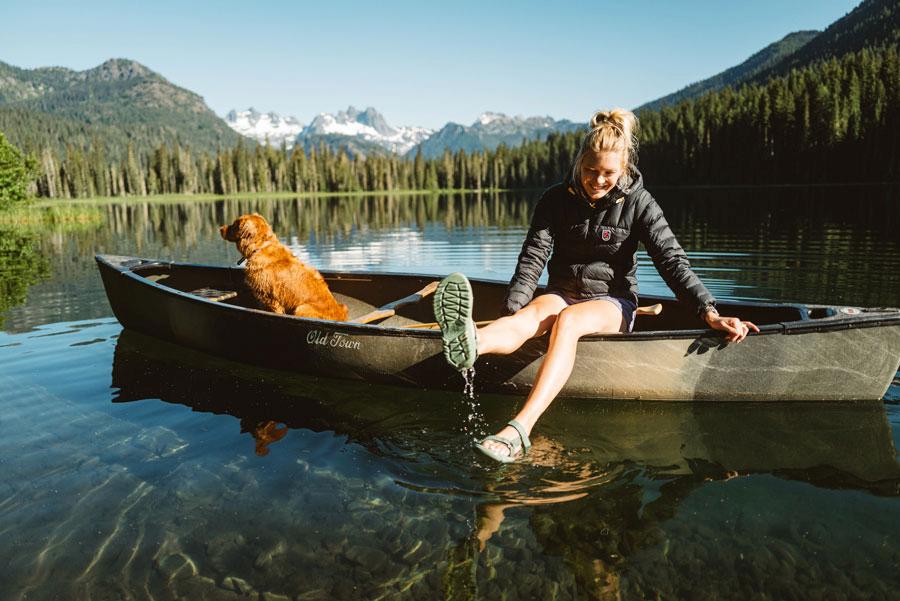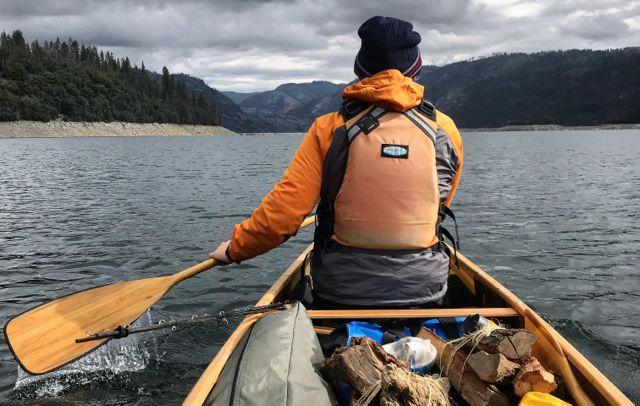Canoe camping is a fantastic way to combine the adventure of paddling with the thrill of outdoor camping, allowing you to explore remote areas and enjoy nature up close. Proper packing is crucial to ensure a safe and enjoyable trip, as it involves balancing the weight and securing your gear effectively. This guide will walk you through everything you need to know about how to pack for a canoe camping trip, from essential gear like tents and cooking supplies to expert tips on organizing and protecting your equipment. With the right preparation, you can have a memorable and trouble-free adventure.

What is Canoe Camping
Canoe camping combines paddling with camping, allowing you to explore remote areas and enjoy the tranquility of nature.
Benefits of Canoe Camping
Essential Skills for Canoe Camping
How to Pack for a Canoe Camping Trip

Packing for a canoe camping trip requires careful consideration of weight, balance, and accessibility. Here’s how to get started.
Prioritize Essential Gear
Pack by Accessibility
Use Dry Bags and Waterproof Containers
Balance the Canoe
How to Make a Canoe Camping
Having packed essential equipment, it’s time to start your canoe camping journey. Here is a complete guide on how you start:
Planning Your Trip
Begin by choosing a suitable destination based on your paddling skills and preferences, whether it’s a serene lake or a flowing river. Research the area for necessary permits and regulations to ensure compliance.
Next, plan your route by mapping out the distance, estimated paddling time, and potential campsites. Include rest stops and significant landmarks to aid navigation. Monitor weather forecasts and water conditions to avoid hazards. Inform a friend or family member of your itinerary and expected return time for safety.
On the Water
When packing your canoe, distribute weight evenly to maintain balance and keep frequently used items easily accessible. Secure your gear to prevent shifting or loss. Use efficient paddling techniques and communicate with your paddling partner to ensure smooth navigation.
Take regular breaks to avoid fatigue and stay alert to your surroundings. Follow your planned route, watching for landmarks and changes in water conditions. Be prepared to adjust your route if necessary.
Setting Up Camp
Upon arriving at your campsite, select a flat, dry area to set up your tent, ensuring it’s away from water sources to avoid insects and potential flooding. Pitch your tent securely and arrange your sleeping gear inside for comfort. Set up a designated kitchen area away from your tent for cooking, using a camp stove or creating a safe fire pit.
Store food securely to prevent attracting wildlife. Properly setting up your camp not only enhances your comfort but also ensures safety and minimizes environmental impact, allowing you to relax and enjoy your surroundings more fully.
Enjoying the Experience
Canoe camping offers various activities to enhance your outdoor experience. Explore the area by foot or paddle, taking time to enjoy the natural scenery. Engage in activities such as fishing, swimming, or simply relaxing at the campsite.
Capture memories by taking photos and documenting your journey. Adhere to Leave No Trace principles by packing out all trash and waste, minimizing your impact on the environment, and respecting wildlife and other campers.
Safety Tips
Always wear your personal flotation device (PFD) while on the water.
Conclusion
Canoe camping offers a unique blend of adventure and tranquility. Proper packing is essential to ensure a successful trip. By following this guide and packing efficiently, you’ll be well-prepared for your canoe camping adventure. Enjoy the journey and the beautiful nature that awaits you.
FAQ
How do you pack a sleeping bag for a canoe trip?
Pack your sleeping bag in a waterproof dry bag to keep it dry. Compress it as much as possible to save space and place it in the middle of the canoe, ensuring it’s easily accessible but balanced with other gear.
Where should you pack the heaviest items in a canoe?
Heaviest items should be packed low and centered in the canoe to maintain stability. This helps in balancing the canoe and prevents tipping, especially in rough waters.
How do you pack water on a canoe trip?
Pack water in durable, reusable water containers. Store them in a central location within the canoe to balance the weight. Additionally, bring a water filtration system or purification tablets for refilling your water supply from natural sources.
